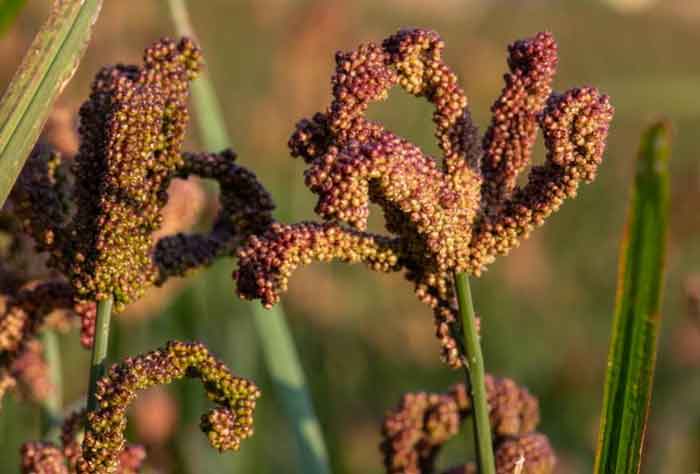Kinema, a humble yet nutritious dish, is a staple food in the Eastern Himalayas, particularly in regions like Sikkim, Darjeeling, and Nepal. Made from fermented soybeans, kinema offers a unique blend of flavor, nutrition, and cultural heritage. Let’s dive into what makes this dish so special and why it’s worth trying.
What is Kinema?
Kinema is a traditional fermented soybean product, known for its sticky texture and strong, earthy aroma. The name "kinema" is derived from the Limbu word "kinambaa," meaning fermented. This dish has been part of Himalayan cuisine for centuries, valued not just for its taste but also for its health benefits.
How is Kinema Made?
The process of making kinema begins with boiling soybeans until they are soft. The beans are then placed in a bamboo basket or a traditional container, where they are allowed to ferment naturally for 2-3 days. The fermentation is driven by naturally occurring bacteria, which give kinema its distinctive flavor and texture. After fermentation, the soybeans are sun-dried and can be stored for later use or cooked immediately.
Health Benefits of Kinema:
Kinema is not just delicious but also packed with nutrients. It is rich in protein, making it an excellent meat substitute for vegetarians. The fermentation process enhances its nutritional value by increasing the bioavailability of vitamins and minerals, improving digestion, and promoting gut health. It’s also a great source of antioxidants and has been linked to heart health.
How to Enjoy Kinema:
Kinema can be prepared in a variety of ways. The most common method is to sauté it with onions, garlic, tomatoes, and local spices to make a savory dish that pairs perfectly with rice. It can also be used in soups, curries, or as a filling in traditional dumplings (momos). The versatility of kinema makes it a beloved ingredient in many Himalayan households.
Kinema and Cultural Significance:
For the people of the Eastern Himalayas, kinema is more than just food; it’s a connection to their roots and traditions. It’s a dish that has been passed down through generations, reflecting the resilience and ingenuity of the communities that inhabit this mountainous region. By continuing to make and enjoy kinema, these communities preserve an important part of their cultural identity.
Conclusion:
Kinema is a remarkable example of how traditional foods can be both nutritious and deeply rooted in cultural heritage. Whether you’re exploring Himalayan cuisine or looking for new plant-based protein sources, kinema is definitely worth a try. Its unique taste and texture offer a delicious way to experience the rich culinary traditions of the Himalayas.
If you’re curious to taste kinema, visit our online store for authentic, locally sourced kinema and other Himalayan delicacies. Bring the flavors of the Himalayas to your kitchen today!










